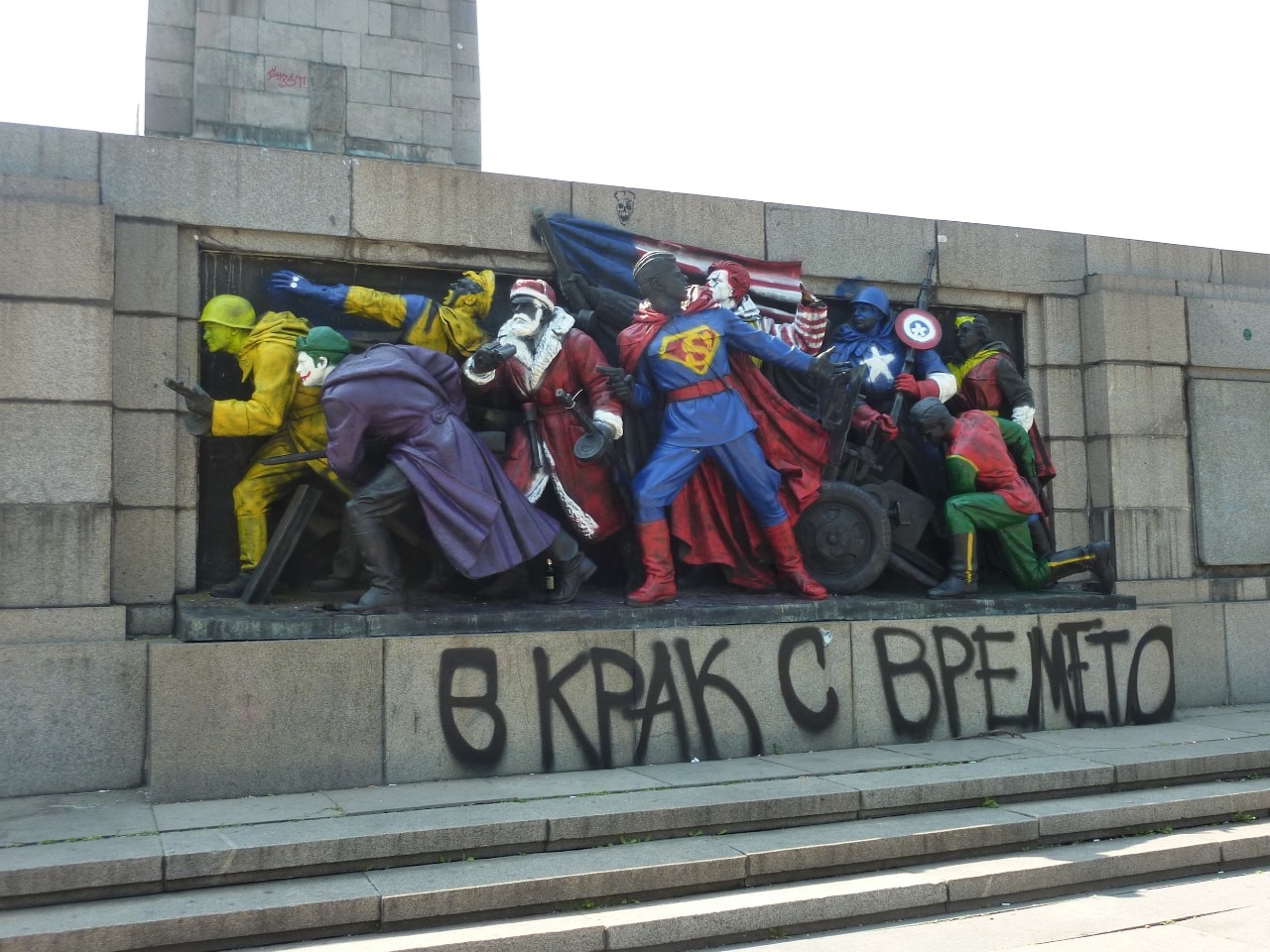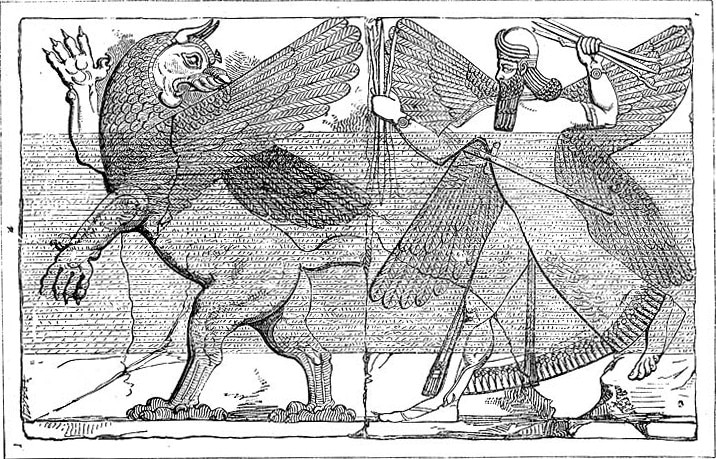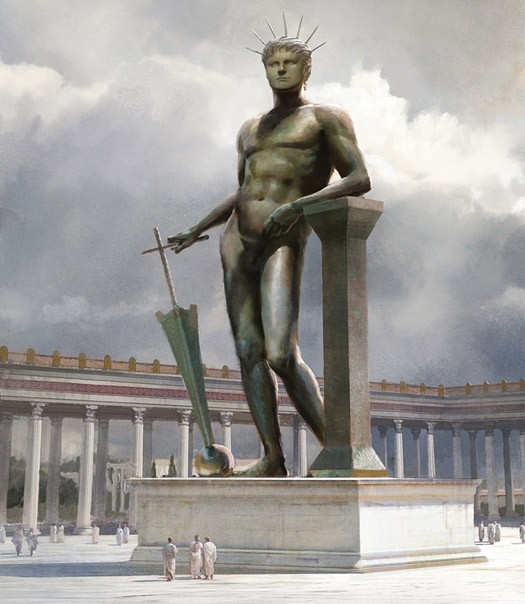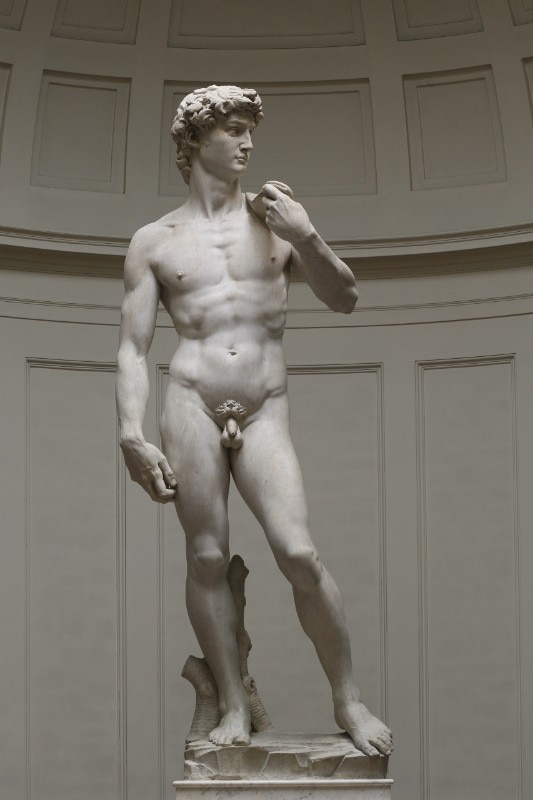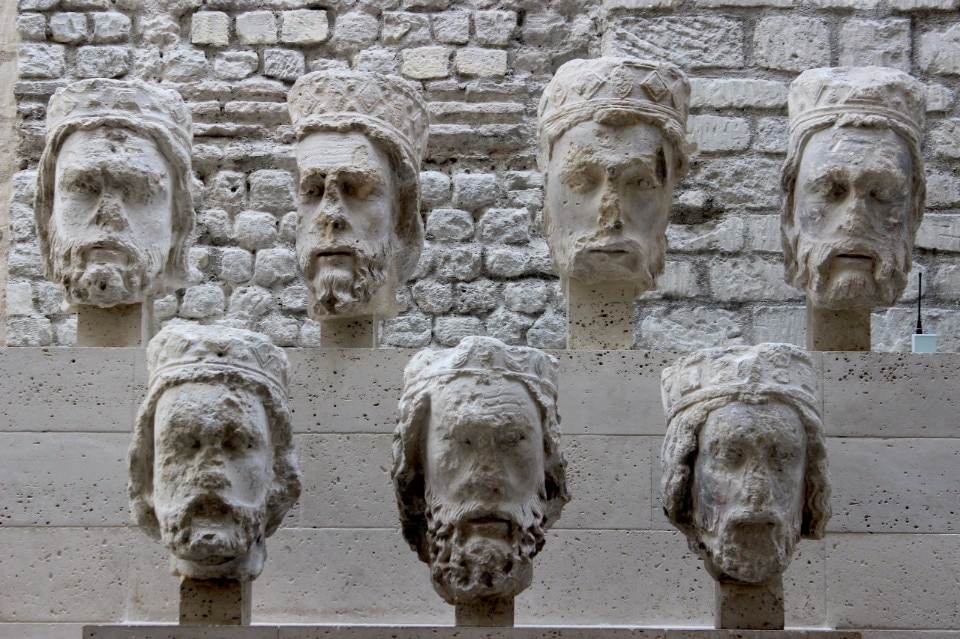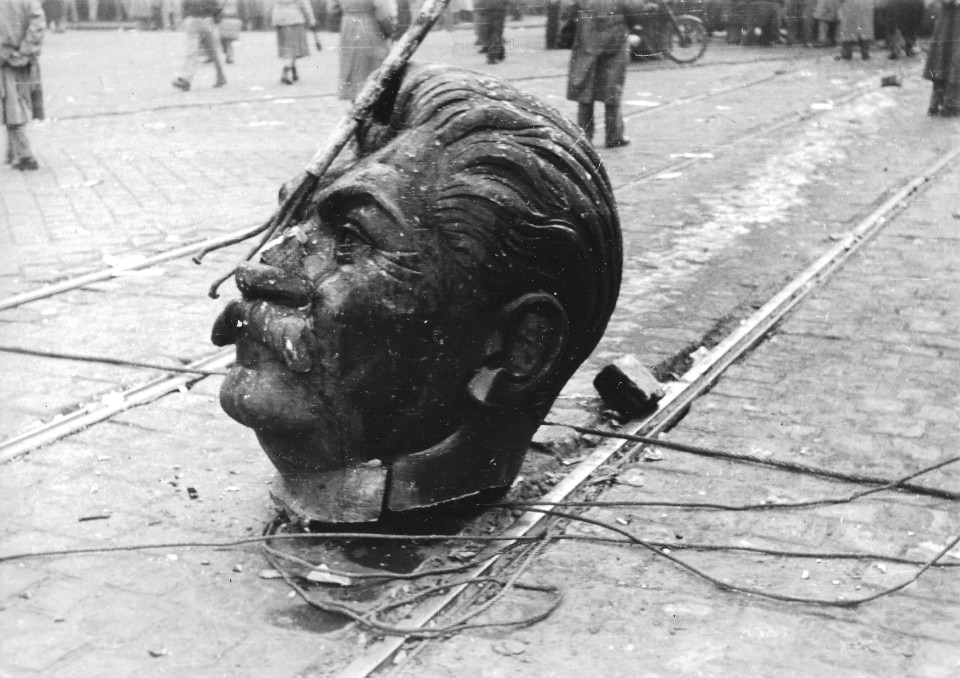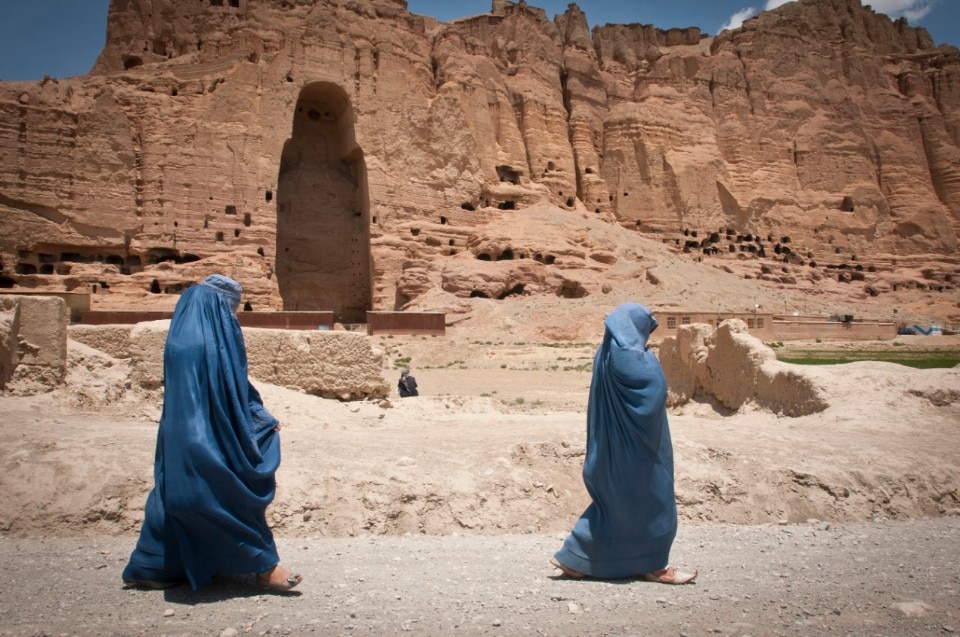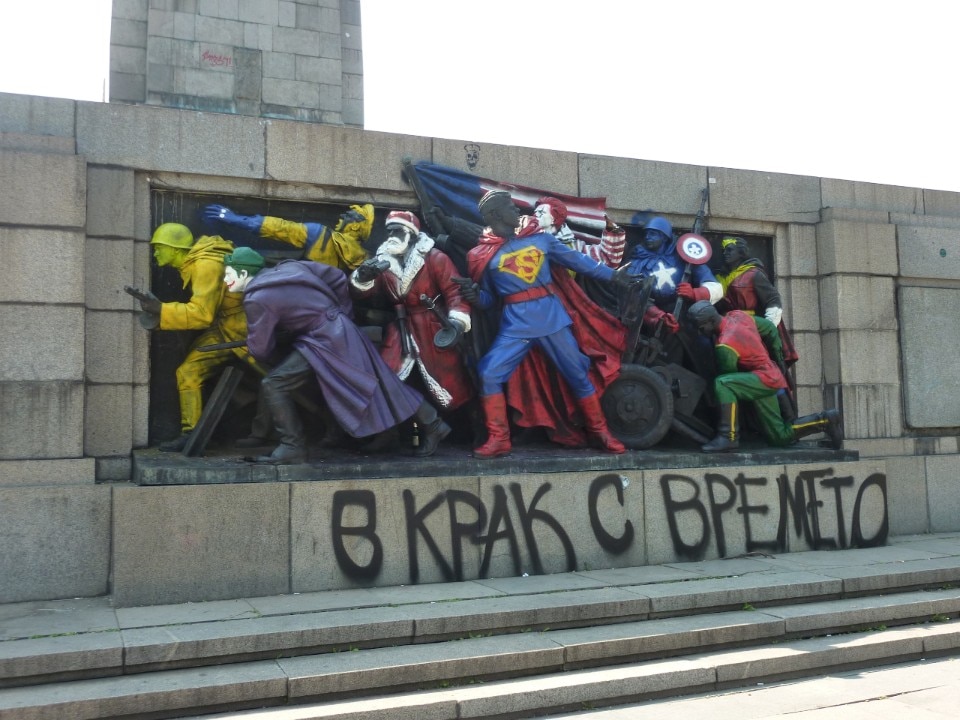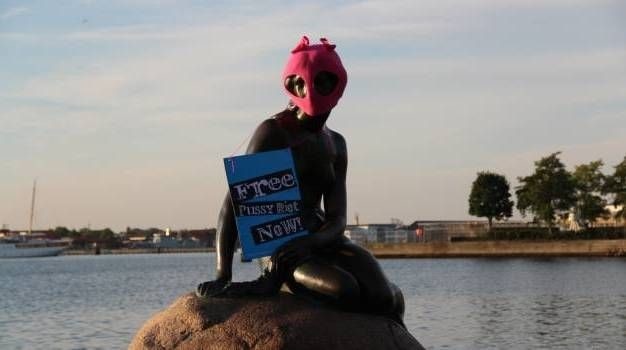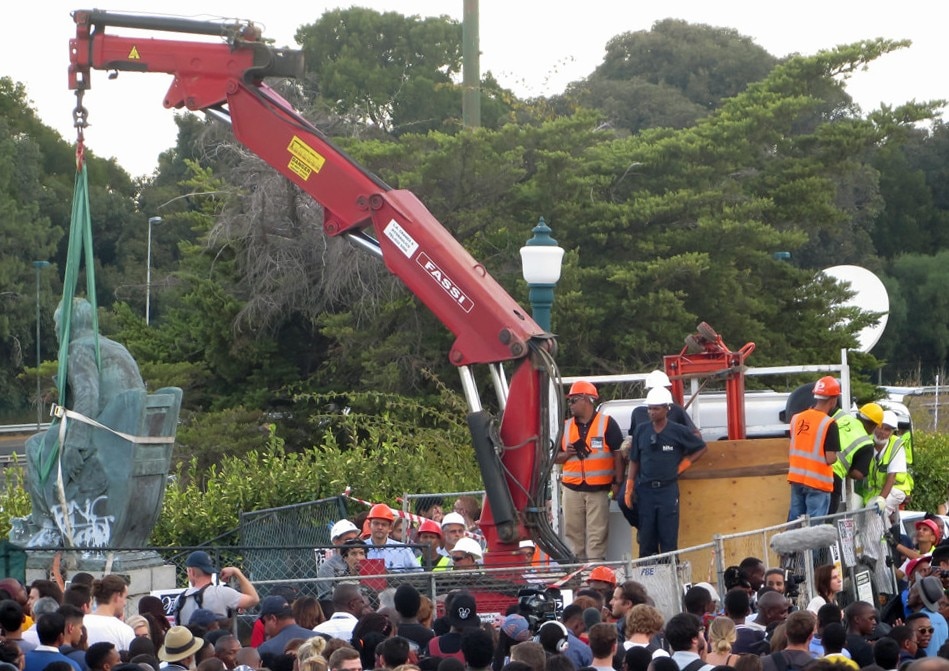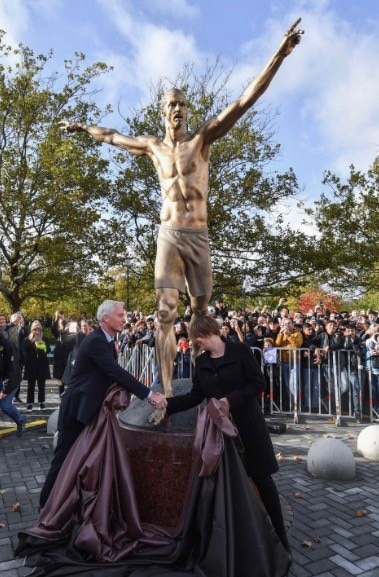The protests that began with the murder of George Floyd on the last 25th of May brought with them sensitive issues and topics. Also from the point of view of street furniture and public art. In this way, American and European cities have been invaded by new murals and street art works, as a sign of support for the cause of the protests, and at the same time, in Europe as in America, many statues have been “defaced” or even removed, because of a colonial or slave past of those portrayed.
First in Europe to receive this honourable treatment was the statue of Edward Colston, in the centre of Bristol, UK. The statue, after being knocked down and smeared with paint by demonstrators, was rolled down Anchor Road and pushed into the port of Bristol. Piet Hein, King Leopold II of Belgium, Winston Churchill, and even Christopher Columbus, all followed the same fate.In Italy the most talked about and discussed example is the statue dedicated to the famous journalist Indro Montanelli, placed in the historic gardens of Milan that now bear his name, and smeared for the second time. The story has been much debated in recent years: Montanelli participated in the war of Eritrea at the time of Fascism and during his stay in Africa he married a twelve-year-old Ethiopian girl.
In the United States, on the other hand, among the various removals of the faces of slave traders during the demonstrations, there are also proposals for the transfer of these monuments by the administrations themselves and cultural instiuations. The first citizen of Philadelphia Jim Kenney, for example, has ordered the removal of the bronze statue depicting Frank Rizzo, controversial mayor for two terms and former authoritarian chief of police, while the Museum of Natural History in New York announced the removal of the bronze depicting the twenty-sixth president Theodore Roosevelt, not for his political ideas, but for the “hierarchical composition” of his representation.
Despite the resonance and clamour of the latter cases, it is certainly not the first time that statues and monuments dedicated to characters or certain historical moments are destroyed or vandalized. Moving from the recycling of Roman bronze statues, to the complete elimination of the Gallery of the Kings of Notre-Dame during the French Revolution, to the more contemporary cases involving the statues of football champions, the statuary representation has hardly let people talk about it only for artistic or material qualities.


